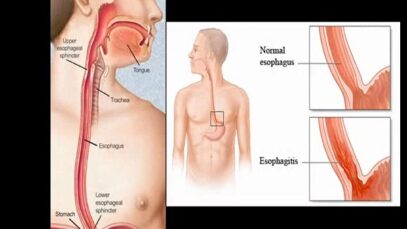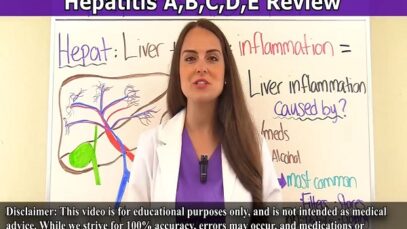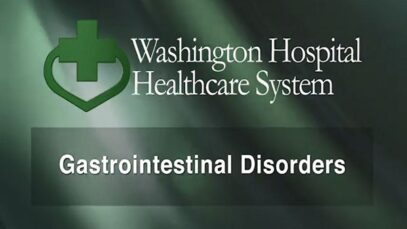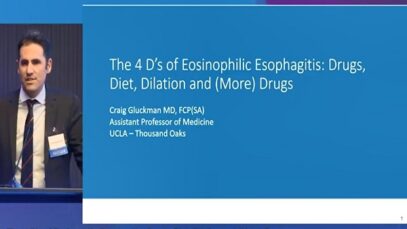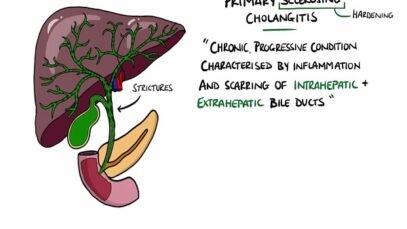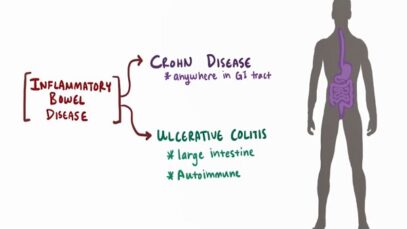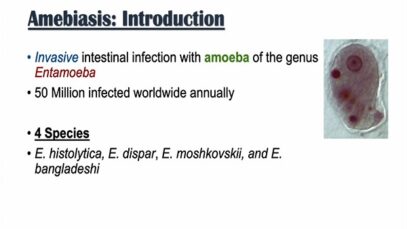Gastro intestinal106 Videos



Autoimmune Hepatitis and Primary Biliary Cholangitis
Epidemiology Primary biliary cholangitis (PBC) is rare, with a reported prevalence of 19 to 402 cases per million persons. The vast majority of patients (90 to 95 percent) are female, and most patients are diagnosed between the ages of 30 and 65 years (often in their 40s or 50s), though the disease has been reported […]
Primary Sclerosing Cholangitis v Primary Biliary Cholangitis (Primary Biliary Cirrhosis)
Clinical manifestations and diagnosis PSC ●Clinical features Patients with PSC may be asymptomatic and diagnosed as part of the evaluation of abnormal laboratory tests, or they may have symptoms such as fatigue and pruritus. Physical examination may reveal jaundice, hepatomegaly, splenomegaly, and excoriations, though it is often normal. Liver biochemical tests usually demonstrate a cholestatic […]

